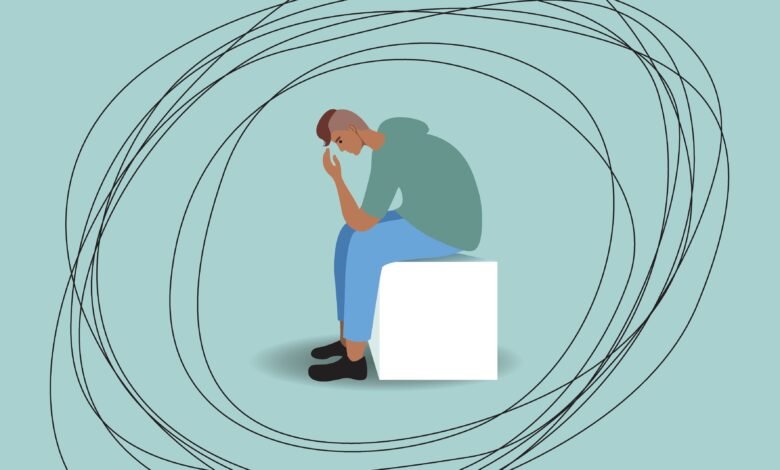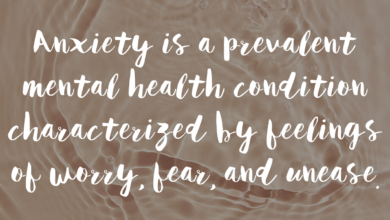What is Trauma, What is PTSD, Who is Affected, and How to Get Help

While posttraumatic stress disorder (PTSD) is known as the hallmark of traumatic experiences, trauma exposure can lead to a variety of mental health issues often less known to the public.
What is Trauma?
While the word “trauma” is often loosely used in the pop culture, there is a distinct definition for trauma in psychiatry. For example, people might call a stressful breakup, or a challenging career experience “traumatic”. But in psychiatric language, “trauma” is exposure to actual or threatened death, serious injury, or sexual violence. Some examples include shootings, rape, robbery, assault, domestic abuse, war, natural disasters, serious motor vehicle accidents, and life-threatening illness.
Exposure does not have to necessarily be direct, and could happen by witnessing the event happen to others, or the aftermath of tragedies. This second form of exposure often happens in first responders (fire fighters, police officers, emergency medical personnel, dispatchers), combat exposed veterans, refugees, and survivors of torture and human trafficking. Among all these groups, PTSD is much more common (often affecting one in three to five people) than it is in the general public (affecting nearly one in ten).
Immediate reaction to trauma varies in different people, but could include:
• Shock
• Panic
• Fear and anxiety
• Confusion
• Feelings of loss of control or helplessness
• Nonstop thoughts about why this happened and trying to make sense of it
• Rapid heartbeat and breathing
• Feeling on edge
• Insomnia, nausea,
• Anger, sadness, and guilt.
When Do We Call it PTSD?
For many people symptoms subside over time, but for some, they could persist. When a certain number of symptoms continue for at least a month, such as recurrent sensory flashbacks, nightmares, being on edge, avoidance of any reminder of trauma, intrusive trauma memories, negative beliefs and emotions, feeling guilty for what happened, anger and irritability, and always being on the watch, this will be called PTSD.
Some people might not have all the symptoms of PTSD, but can still be highly distressed, or unable to function. Other people might continue to feel highly anxious, or just feel depressed. Often, these all happen together.
What happens in PTSD, is that the brain goes into the fight and flight mode and is constantly on alert to protect the person from recurrence of the highly dangerous experience. But the problem is that it cannot come down from that state of heightened arousal, even after leaving the dangerous situation, and coming back to the safe life environment.
For example, for a veteran with PTSD (or a survivor of a shooting), it would make sense to drop on the ground with the sound of an explosion in the combat zone. But the brain cannot differentiate the context, and the person will react similarly in response to 4th of July fireworks.
Who is Vulnerable?
Although we have made significant progress in understanding the changes in the brain, and biological factors of vulnerability to the impacts of trauma, we still cannot know who is more or less vulnerable. More importantly, even what looks like the same traumatic experience on the surface, could be very different for different people depending on their biology, their previous experiences (including previous trauma), and their proximity and degree of involvement with the incident, and current and future support and stress.
That is why it is important to avoid making judgments about those who do develop higher level of symptoms and disability. I have seen the toughest and strongest veterans, fire fighters, and police officers avoid seeking treatment and help for years, suffering in silence, because they thought it is a sign of weakness. We are – as humans – all vulnerable, and based on numerous variables, each of us might develop the symptoms when exposed to trauma.
Childhood Trauma
Childhood trauma (physical and sexual abuse, or witnessing abuse and tragedies) is too common, and sadly underreported and often ignored. If not addressed, childhood trauma can lead to PTSD, depression, anxiety, learning difficulties, impaired academic functioning, oppositional behavior, and adulthood mental and physical illnesses (such as diabetes, obesity, and high blood pressure).
There is Hope – and Help
If you or a loved one have had traumatic experiences, it is important to know that effective interventions are available. No one deserves continued suffering. The key guide to knowing when someone needs help, is high level of distress caused by the symptoms, or impairment in academic, social, occupational, personal functioning.
Help is available in the form of:
- Psychotherapy (talking), which focuses on addressing thoughts, beliefs, and interpretations in reaction to trauma. For instance, feelings of guilt, believing the person is damaged forever, or that this happened to them because they deserved it or did something wrong, will be challenged and changed to more realistic and adaptive thoughts and beliefs.
- Therapy also helps trauma survivors gradually feel more comfortable in safe situations they have been avoiding due to trauma.
- For example, many people with PTSD might avoid social interactions and the public. A therapist will help them overcome this avoidance and be more functional.
- There are also exciting new methods that allow more effective treatments. In our lab we have created mixed reality technologies to produce immersive and interactive diverse situations of human encounters with digital humans!
- Medications help reduce the high level of anxiety, depression, and lack of motivation, to allow the person to become more in charge of their emotions and act based on logical thinking – free from the control of fear and anxiety. These are usually the medications that are categorized as antidepressant. They are safe, are not addictive, and do not change the person’s thinking. They just reduce the intensity of the negative emotions.
If you or a loved one needs help, the first step is reaching out to your primary care doctor who can make the appropriate referrals. You can also call your health insurance company to ask for therapists or psychiatrists who specialize in the treatment of trauma and that are covered by your insurance. If you do not have insurance, you can reach out to your local community mental health clinics.
In my upcoming book “Afraid: Understanding the Purpose of Fear, and Harnessing the Power of Anxiety”, in Chapter 9 “Haunting Memories: Trauma and PTSD”, I discuss in more details the impact of trauma on the genes, the brain, and the body, cutting-edge treatments, and some examples of people from different walks of life with PTSD and how they recovered.
If you or a loved one are suffering the impact of a haunting past experience, please get out, get the help you need, and find the happiness and prosperity you deserve.
Check out these Conversation blogs by Dr. Javanbakht
Source link
#Trauma #PTSD #Affected

